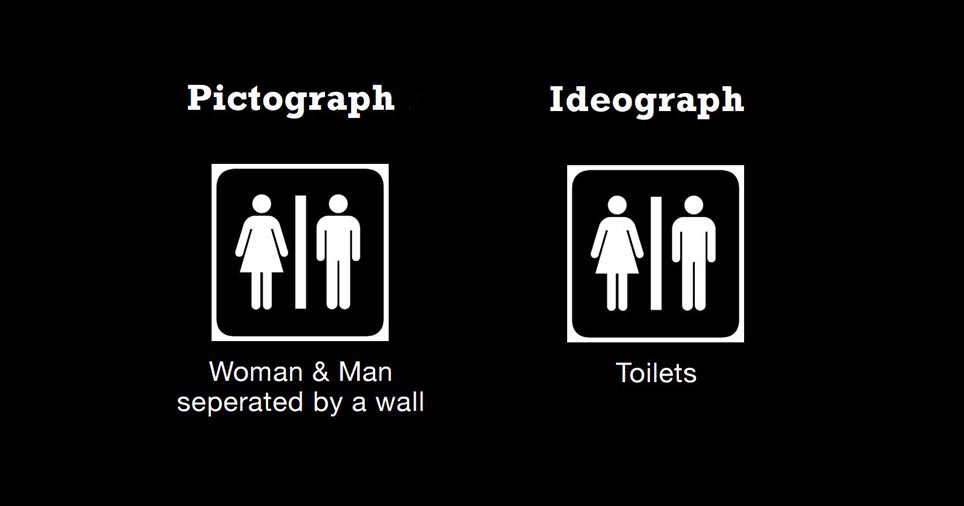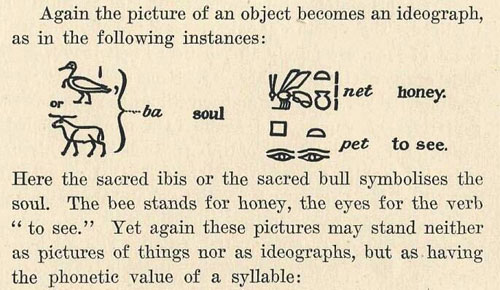Tuesdays tend to be the days when I feel like my mind and body are worked to its limits. Perhaps because I’ve got three full lessons (two of which are core modules, 3 hours each) crammed into a day. And also because Mondays tend to be content heavy. And Wednesdays too. So Tuesday is the day of romping through the thickest part of the jungle, brambles and all, with insufficient rest.
But it is also the day when Astrid introduces us to the depths of history, not solely constrained to graphic design, because design is never separate from society or the time it was set in. In fact, it has proven, so far, to be a reaction to something. Take William Morris and the Arts and Crafts movement, for example. Morris was reacting to the ugliness of mass produced goods. Similary, Art Nouveau was also a reaction against academic art. And today, as Futurism and Dadaism was introduced to us, we learn that the former was rejection of the past, paired with a love for the technological advances they saw and foresaw. Likewise, the latter, Dadaim, does not stand detached from everything and anything, contrary as it is, but is set during the world wars –a time of great chaos and turbulence– which is arguably reflected in the style. The International Typographic Style (ITS) as well, developed as a means to solve the mess leftover from war in an neutral and objective manner, exemplified by its highly mathematical and logical approach to design.
Before I ramble on though, I have a Mind and Meaning quiz tomorrow. Which is why my brain right now feels a little bit like potluck, with part of me fresh from a graphic design lecture, and another part of me trying to recall information from Mind and Meaning.
One of the more recent lectures discussed basic psycholinguistics: the brain, left/right hemisphere dominance, how the brain processes language, and which hemisphere seems to be more involved with logic/math while the other more concerned with creativity/expression. Lateralization (or dominance). Not complete control. The hemispheres don’t solely do one or the other. (I’m troubled when people say “the left hemisphere is for logic, the right for art”. I’d prefer if they are aware of the nuance that should come with it. When I was much younger, I read a book on the brain -which I positively loved-. It told me the same things: left hemisphere for logic/science/math, right hemisphere for creativity/music/the arts. No disagreements then. But somewhere between then and now, articles and stuff everything all beg to differ. The hemispheres aren’t independent entities, otherwise, like the lecturer says, it’ll be like “having two brains instead”. Okay end of rant.) Back to the original topic, we also learnt that the convention (i.e. for most people) is that the left hemisphere is where language processing takes place. Regardless of the form of communication -written, spoken or signed-, they are processed in similar areas. The form of input is different, but the meaning conveyed is the same. Hence, to understand language requires some rather complex mind acrobatics of logic that happen to (for most people) sit in the left hemisphere. Now here comes the crux of this post: what if the input is form?
During one of our lectures today (typography or graphic design), we talked about El Lissitzky who uses shapes, numbers and a limited palette to develop “a language to form instead of letters” (quoted from lecturer) because of the wide audience he was reaching out to (i.e. both literate and illiterate populations). Here are a couple examples of his work:

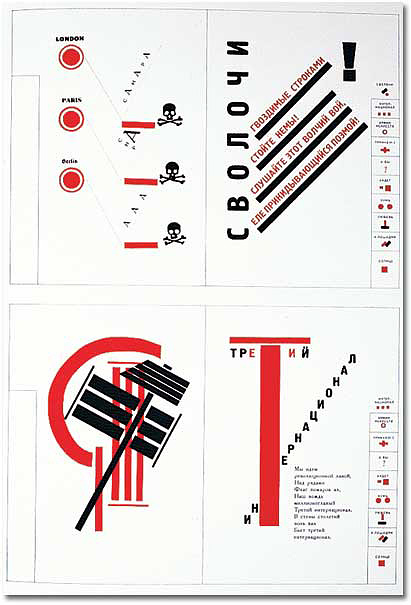
Here, you see type as image, type taking form not as letters and alphabets, but becoming a system where meaning can be graphically communicated. Just like written language, one has to read it, but in this case the image is mostly iconic to what it conveys, much like sign language. In a sense it is like emojis as well! Though emojis are much more emotive (and they recall the days past of pictographs).
So here is the crux of the whole post: since the saying is that this is a “language of form”, does this mean that it is also being processed in the left hemisphere?
As a “language of form”, it is more iconic than arbitrary. Yet, it must be processed to be understood. (This is on the assumption that the graphics are meant to communicate and are not for a purely aesthetic purpose, in which case, it’ll be like listening to a conversation in a language one doesn’t understand, and meaning gets thrown out the window and prosody is processed much like music.) Extrapolating this, would this “language of form”, which is art, be processed similarly to how one interprets a mathematical graph or scientific diagram? (and another question: do we process these graphs and diagrams with the left
Here, the lines between “art” and “science” are being blurred. Certainly, the hemispheres do not function separately, they can communicate via the corpus callosum (yes, I’m taking the chance to revise for tomorrow’s quiz right now, thanks for putting up with it), identifying what is seen, what is could mean, and finally what the meaning should be. Then again is there a false dichotomy between the arts and the sciences? Or are they two sides of the same coin, both vital to our interpreting, understanding and discovering the world? Language itself can be considered both an art and a science, anyway. And both are equally interesting, no?
Well. I might not have made much sense (yet again). Maybe I should go and check the terms I’ve used hahahahahaha but if you’re like me and functioning on less than optimal sleeping hours…
Yes, you do understand, don’t you! 🙂
Then again, a round of applause for you! Most people aren’t particularly interested in this topic, so reading ’til the end is a feat? And my writing is probably more of an obstacle than anything else. Apologies. *bows* pray I’ll be more organised/structured while writing next time!
Bye!


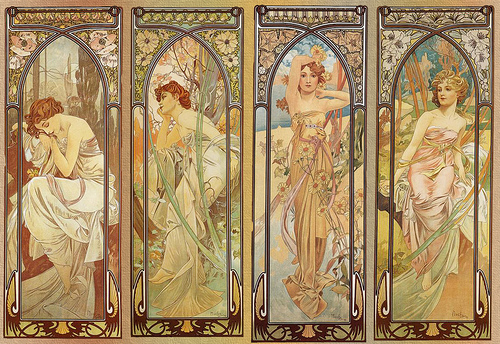
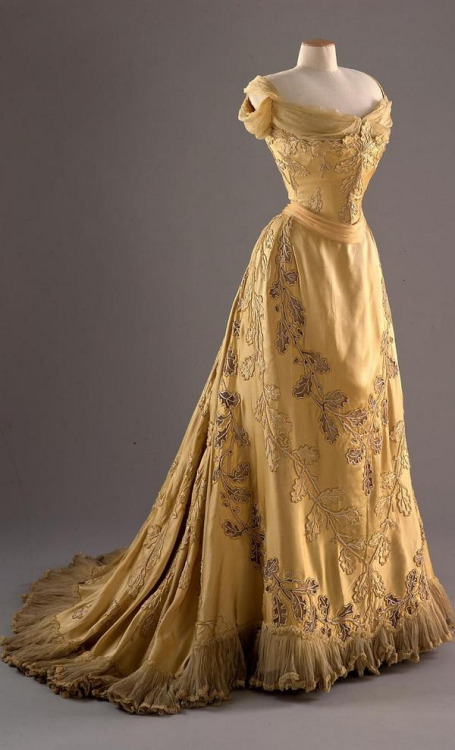
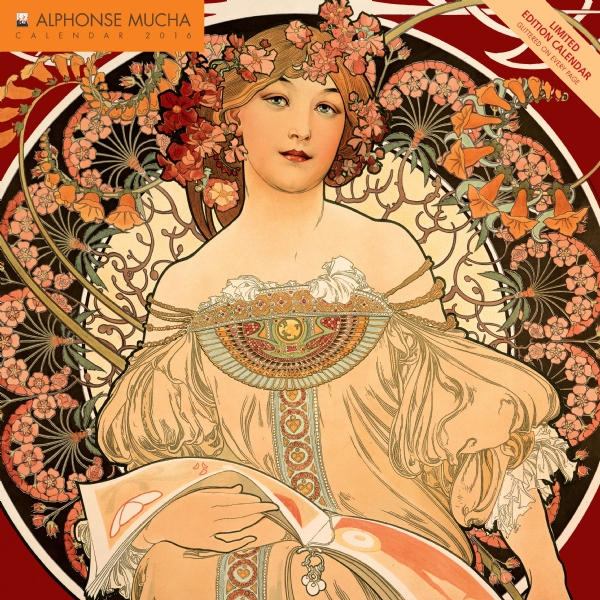
![Alfons Maria Mucha's Art Nouveau decorative paintings, advertisements and illustrations [dvdbash]](https://oss.adm.ntu.edu.sg/jcheung001/wp-content/uploads/sites/182/2016/10/mucha-advertising-nestle-food-for-infants-1897-dvdbash-506x1024.jpg)



